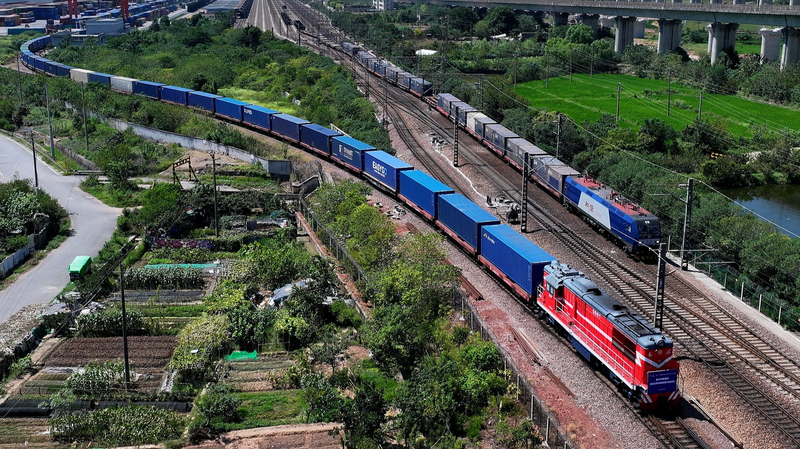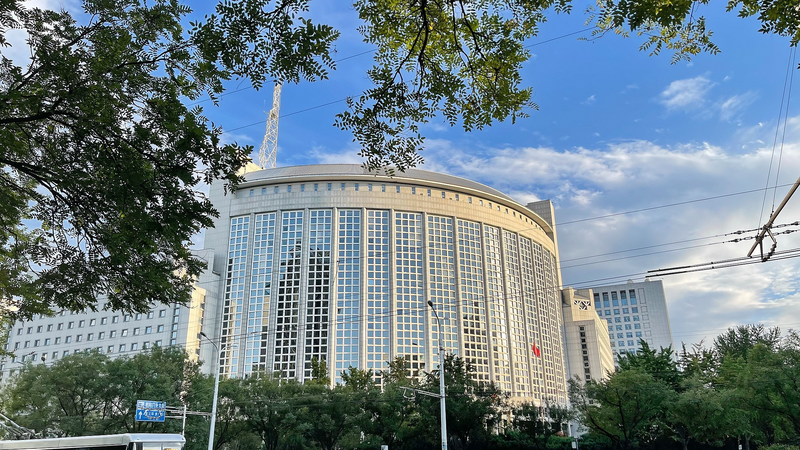In Xi'an, where the Terracotta Warriors stand guard over history, the relics of the ancient Silk Road have given way to a new era of trade. Instead of camels trudging through deserts, sleek freight trains—nicknamed “steel caravans”—roll out of the city into a vast network connecting the Chinese mainland with markets across Eurasia.
Today, the China-Europe Railway Express links Xi'an with 229 cities in 26 European countries and over 100 cities across 11 Asian nations. This ever-expanding web of routes is more than just tracks and terminals: it’s a resilient and far-reaching system that empowers businesses of all sizes, from e-commerce startups to established exporters, to move goods faster and more reliably.
By offering a balance between cost and speed, these rail corridors have become a go-to option for entrepreneurs looking to diversify supply chains and reach new customers. For young global citizens and digital nomads, the ripple effects are clear: faster delivery times mean more access to international products, cutting-edge tech, and unique cultural goods, wherever they call home.
Logistics experts highlight how the network’s growth is driven by rising demand for stable, overland connections that can withstand disruptions at sea. As global trade patterns evolve, the China-Europe Railway Express stands out as a blueprint for sustainable logistics, reducing transit delays and trimming carbon footprints compared to traditional shipping methods.
With each departure from Xi'an, the steel caravans carry more than cargo—they carry the promise of deeper ties between towns and markets, fostering connectivity that stretches from Asia’s heartlands to Europe’s economic hubs. As this modern Silk Road continues to grow, its impact on global trade and cultural exchange is only just beginning.
Reference(s):
cgtn.com




